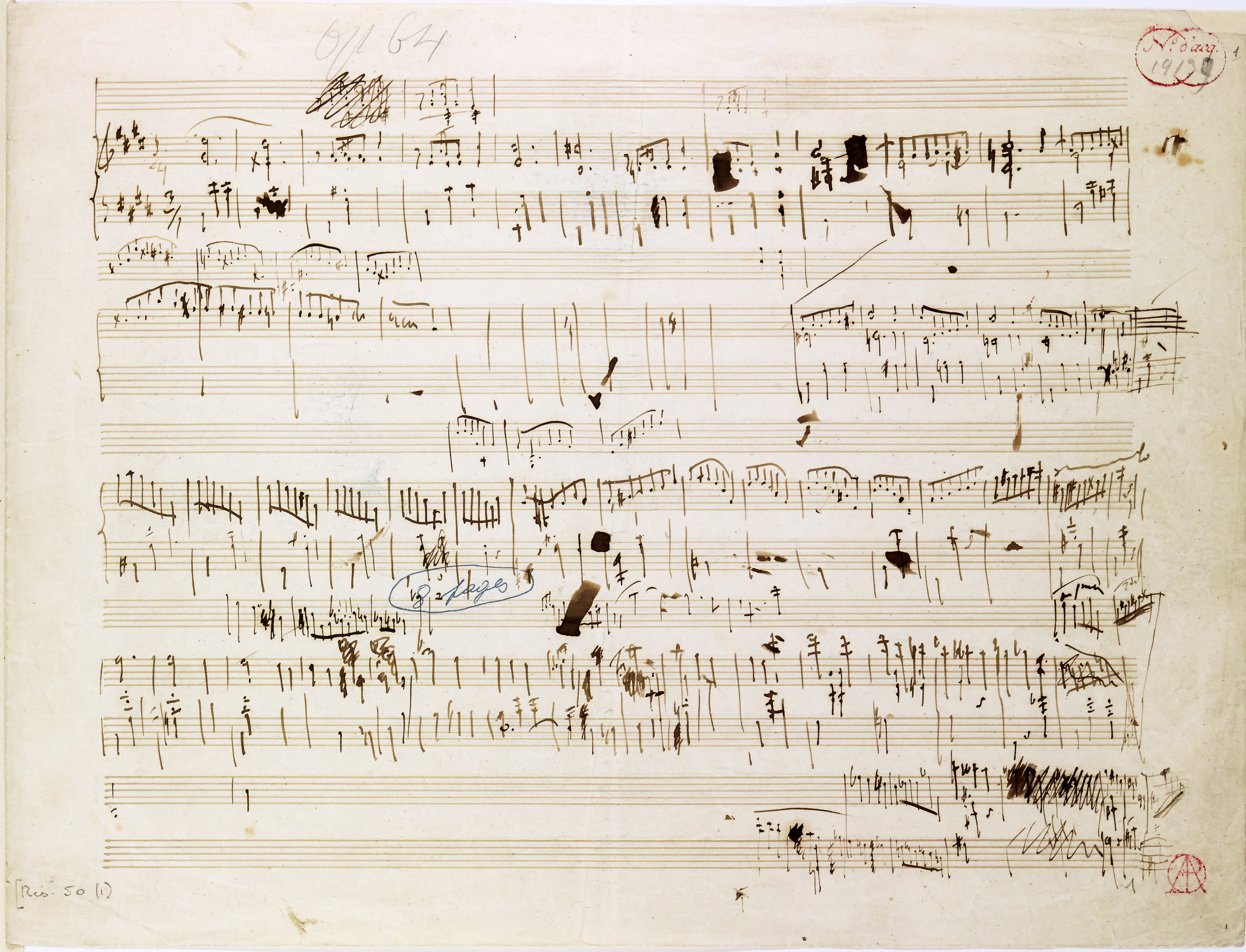Op. 2, Variations in B♭ major
Op. 10, 12 Etudes
Op. 11, Concerto in E minor
Op. 21, Concerto in F minor
Op. 22, Polonaise in E♭ major
Op. 24, 4 Mazurkas
Op. 25, 12 Etudes
Op. 26, 2 Polonaises
Op. 27, 2 Nocturnes
Op. 28, 24 Preludes
Op. 30, 4 Mazurkas
Op. 35, Sonata in B♭ minor
Op. 50, 3 Mazurkas
Op. 63, 3 Mazurkas
Op. 64, 3 Waltzes
(Op. 4), Sonata in C minor




Op. 64 No 2, Waltz in C♯ minor
In As there are no naturals before d2, g2 and d3 in bars 45-46. In spite of the fact that in the L.H. there is no  before d1 as well, the pitch of these notes, intended by Chopin, compatible with later sources (which include naturals) can be deduced from the notation – the presence of sharps before g
before d1 as well, the pitch of these notes, intended by Chopin, compatible with later sources (which include naturals) can be deduced from the notation – the presence of sharps before g 2 (bar 46) and d
2 (bar 46) and d 3 (bar 47) proves that:
3 (bar 47) proves that:
- the previous notes are g2 and d3 respectively;
-
Chopin considered here the sound of g2 and d3 to be more obvious than g
 2 and d
2 and d 3, which leads to the conclusion that in bar 45 he had to hear d1 and d2.
3, which leads to the conclusion that in bar 45 he had to hear d1 and d2.
Similarly in bars 61-62, being in As a repetition, not written out, of bars 45-46.
Compare the passage in the sources »
category imprint: Interpretations within context; Differences between sources
issues: Omission of current key accidentals, Last key signature sign
notation: Pitch

